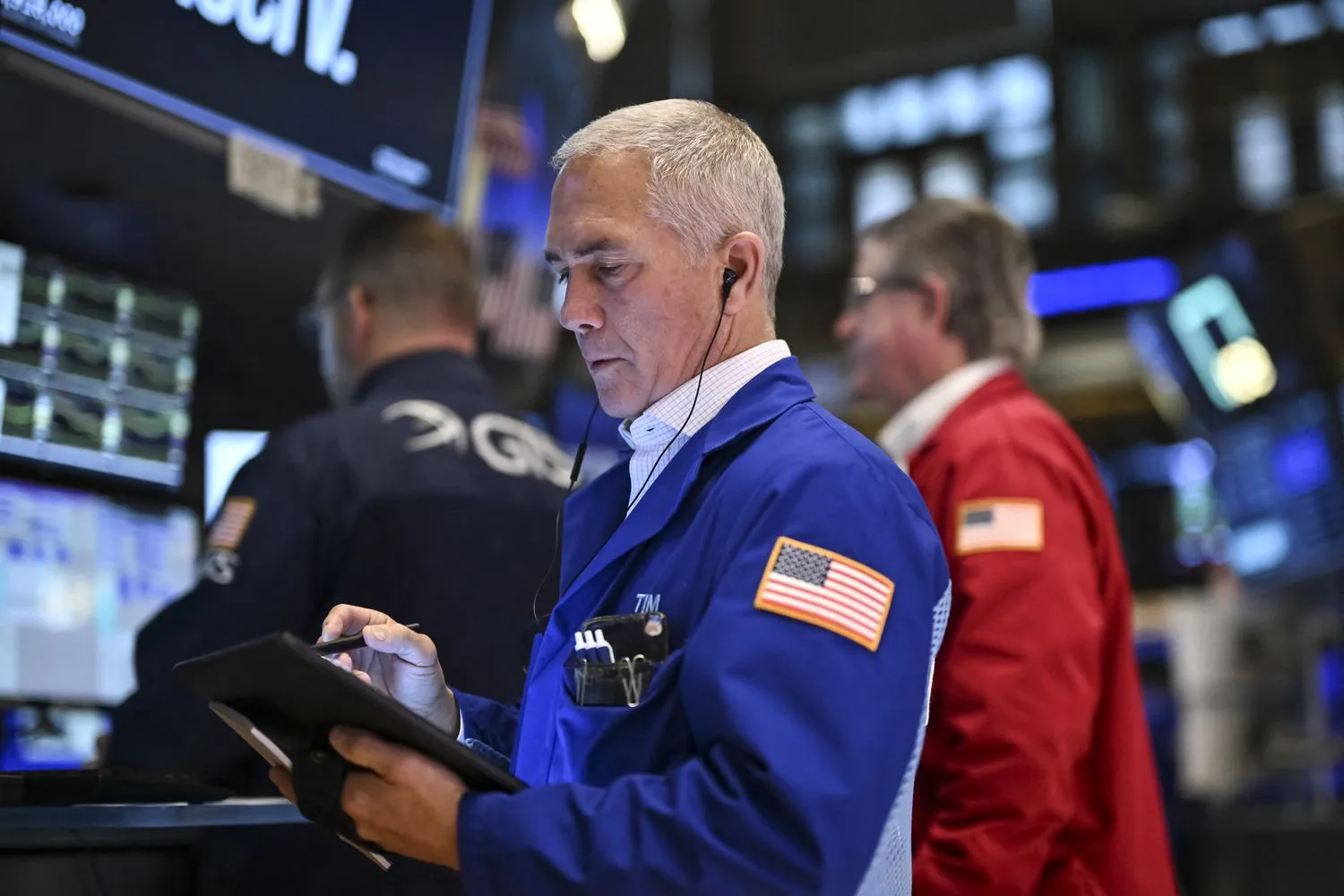Earnings season is just getting underway, and it’s already exposing some weak spots beneath the surface of the stock market’s recent rally particularly in the form of risky lending by certain regional banks.
Shares of Zions Bancorp and Western Alliance Bancorp tumbled Thursday after both institutions revealed they were hit by loan fraud tied to funds investing in distressed commercial real estate. The news triggered a sharp selloff across the sector, sending the KBW Bank Index to its steepest one-day drop since April.
The selloff followed comments earlier in the week from JPMorgan Chase CEO Jamie Dimon, who warned of “cockroaches” lurking in the credit market a reference to recent defaults involving auto lender Tricolor Holdings and car parts maker First Brands Group. With Wall Street already uneasy, these developments reignited fears that a wave of bad loans could destabilize the financial system and derail the three-year bull market.
“The market kind of freaked out,” said Sadiq Adatia, chief investment officer at BMO Global Asset Management, which oversees about $221 billion.
From one perspective, large financial institutions are thriving. The first full week of third-quarter earnings brought strong results from giants like Bank of America, Morgan Stanley, and Goldman Sachs. But next week’s reports from regional banks such as Zions, Western Alliance, and East West Bancorp may tell a very different story.
“People are spooked,” said Zachary Hill, head of portfolio management at Horizon Investments. “They’re selling first and asking questions later.”
The contrast between large and small banks is becoming increasingly stark. Big banks, with their diversified operations and global reach, can absorb losses from a few bad loans. Smaller lenders, however, lack that cushion, leaving them far more vulnerable to shocks.
The divergence is already visible in the market. The KBW Regional Banking Index suffered its worst decline since April, erasing its gains for the year, while the broader KBW Bank Index, which includes the major national players, is still up about 14% in 2025.
“If uncertainty around credit quality persists, investors will naturally gravitate toward the large, well-capitalized banks,” Hill added.
The concern is that issues confined to a few regional lenders could eventually spread to the larger banks and, by extension, to the wider economy. Even relatively mild credit troubles are “not good for an expensive stock market,” noted Matt Maley, chief market strategist at Miller Tabak + Co. He also warned that the tech sector one of the market’s biggest growth engines could be particularly sensitive to any credit-related disruptions.
During the first half of the year, investors piled into lower-quality companies and those tied to the booming artificial intelligence trade, said Adam Parker, founder of Trivariate Research. Now, investors are looking to rebalance their portfolios with more resilient holdings whether that’s high-quality financials, healthcare stocks, or metals.
Despite the turbulence, optimism toward the major financial players remains intact. “As long as the vast majority of large, systemically important banks are performing well, the sector can shrug off isolated problems,” said Steve Sosnick, chief strategist at Interactive Brokers.
Recent earnings reports offered some relief. Truist Financial, Regions Financial, and Fifth Third Bancorp all posted lower-than-expected provisions for credit losses, suggesting the situation may not be as dire as some feared.
Wall Street analysts remain largely upbeat on third-quarter bank earnings overall. The big players are “hitting the ball out of the park,” said Sam Stovall, chief investment strategist at CFRA Research. Analysts have boosted their profit forecasts for the sector, now expecting 13.4% earnings growth for the quarter up from a previous estimate of 8.9%.
Beyond profits, the results from major banks are offering valuable insight into the broader economy. According to Peter Williams, economist at 22V Research, bank earnings indicate that consumer spending remains healthy, even as official government data remains unavailable due to the ongoing shutdown.
Investors will soon get another pulse check on consumer trends when Visa and Mastercard release their results later this month. Given renewed anxiety about credit conditions, their reports could have an outsized impact on market sentiment. “Those numbers could easily spook the rally,” warned Trivariate’s Parker.
Still, for bullish investors, any dip in bank stocks may be viewed as a buying opportunity. “If we get further pullbacks from here, that’s a chance to buy into financials at better levels,” said BMO’s Adatia, pointing to the strong fundamentals of the big banks.
In short, while regional banks are feeling the strain of risky loans and shaken confidence, the sector’s heavyweights continue to project strength. The divide underscores a key theme this earnings season: in a market on edge, scale and stability are proving to be the best defense.

Subscribe to our newsletter!
As a leading independent research provider, TradeAlgo keeps you connected from anywhere.








